हिन्दु नारीको सकस्
नेपालमा कुनै दुःखद घटना घट्ने वित्तिकै “सतिले सरापेको देस” भन्ने चलन
Gorkha is the birthplace of King Prithvi Narayan Shah, the unifier of Nepal, and home to the legendary Gorkha soldiers. This district is a treasure trove of cultural heritage, majestic landscapes, and religious traditions.
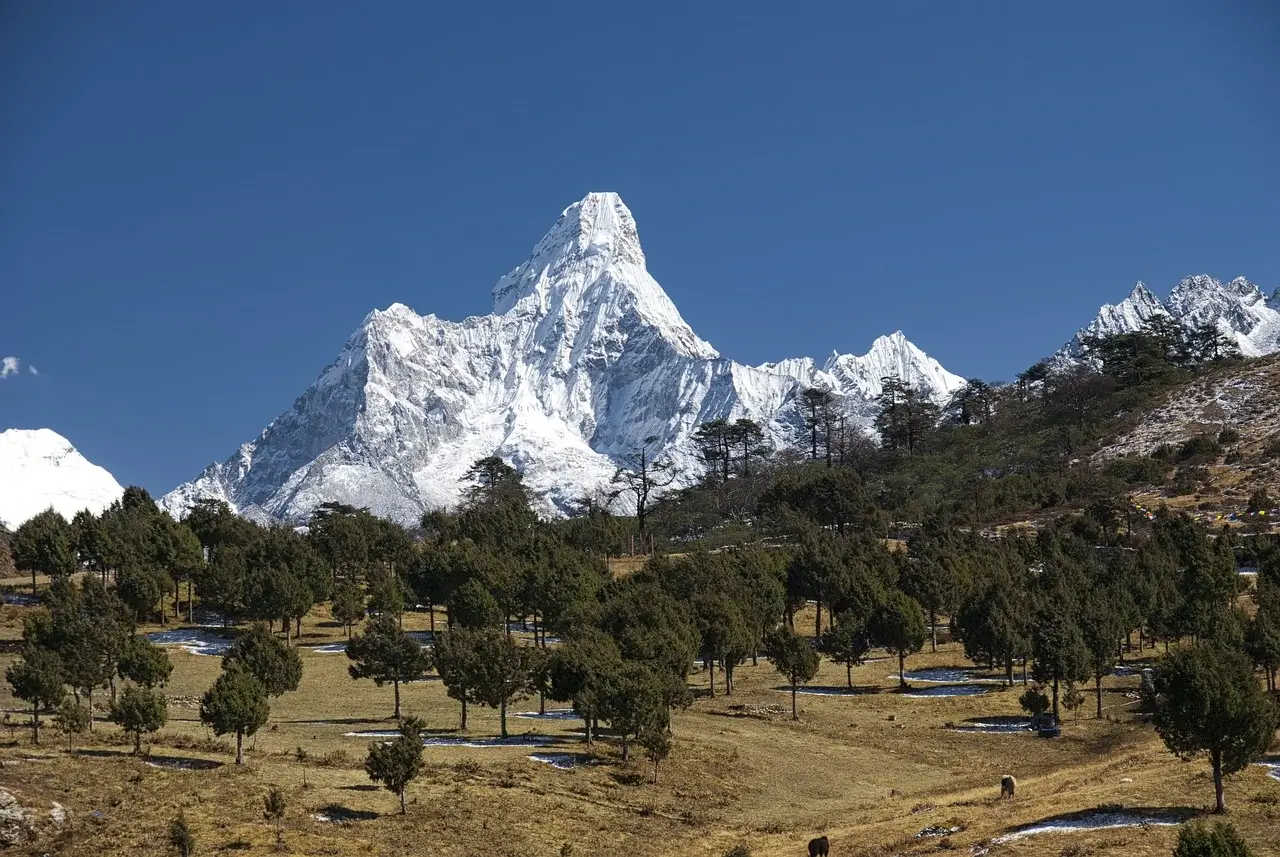

SQ Km
Population
Gorkha District, nestled in the heart of Nepal, is a place of breathtaking natural beauty and profound historical significance. Located approximately 140 kilometers northwest of the capital city, Kathmandu, Gorkha is a pivotal region renowned for its stunning landscapes, rich cultural heritage, and strategic historical importance.
GorkhaVisit is your gateway to exploring the rich cultural heritage, stunning landscapes, and vibrant community life of Gorkha District, Nepal. Our mission is to offer travelers an immersive and authentic experience, showcasing the beauty and diversity of this remarkable region. Whether you’re seeking adventure, cultural insights, or simply a peaceful retreat, GorkhaVisit is here to guide you every step of the way.
Gorkha District is situated 120 kilometers from Pokhara and 64 kilometers from Narayanghat and Chitwan. Covering an area of 3,610 square kilometers (345,600 hectares), the district’s terrain is a diverse mosaic of 65.2% mountainous regions, 25.7% central hills, and 10.1% river valleys. The district lies between latitudes 27°15' to 28°15' north and longitudes 84°27' to 85°85' east. The climate ranges from 5°C to 27°C, offering a temperate environment ideal for exploring its varied landscapes.
At GorkhaVisit, our mission is to promote responsible tourism and provide visitors with comprehensive information and support to make their journey enjoyable and meaningful. We aim to foster sustainable tourism that respects local traditions, supports the community, and preserves the environment.
Gorkha is home to several majestic peaks, including
Originating from Larke Gyala Bhanjyang.
Starting from Naradkund at Rupinala Bhanjyang.
Emerging from Dudhkund, southwest of Buddha Himal
These rivers and their surrounding landscapes offer excellent opportunities for adventure tourism, including river rafting and trekking.

Key glacial features include Larke Glacier, Samdo Glacier, and Pungen Glacier. Notable lakes are Virendra Lake, Chosong Lake, and Kaltal, among others. These spots are perfect for nature enthusiasts and wildlife observers.
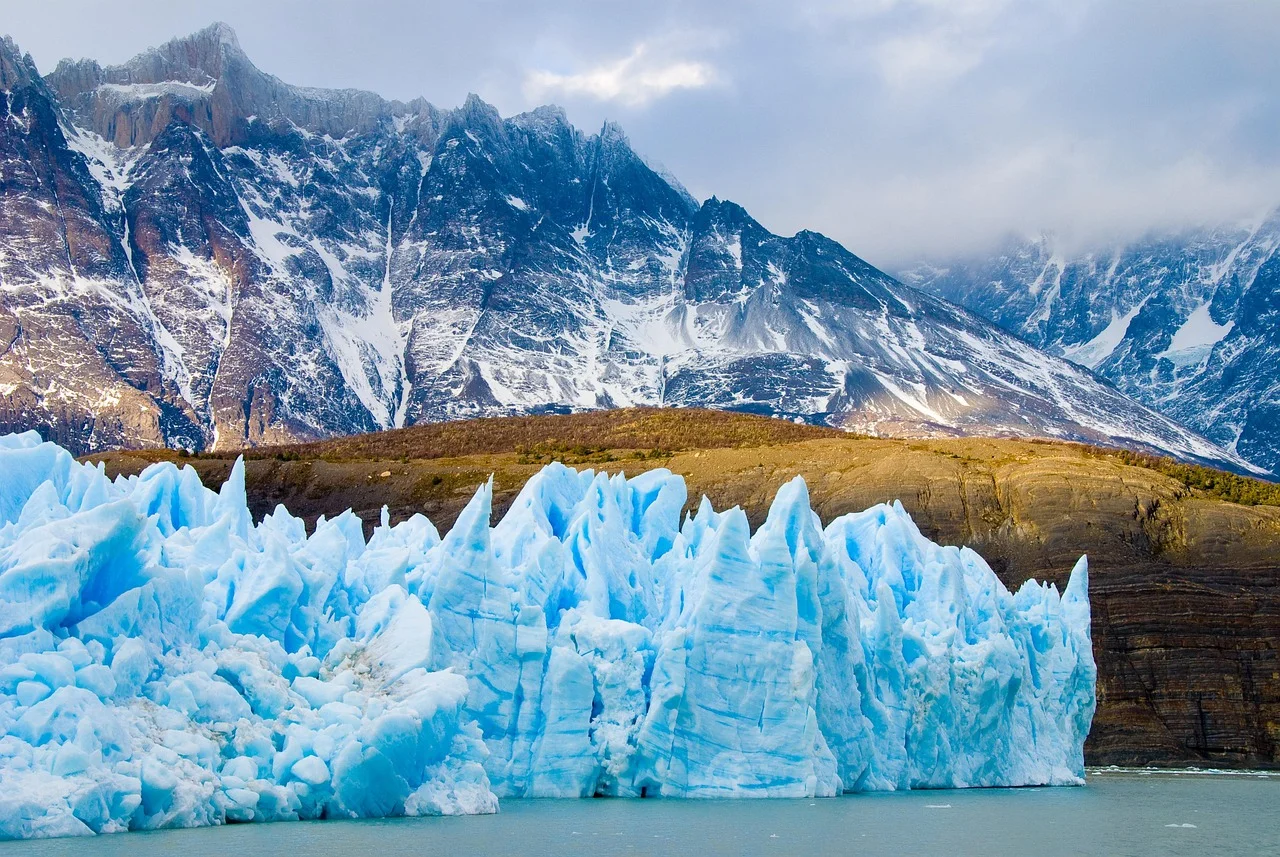
Kharkhande Falls, Liding Naudi Khola Falls, and Swayakhola Falls provide picturesque settings for visitors.
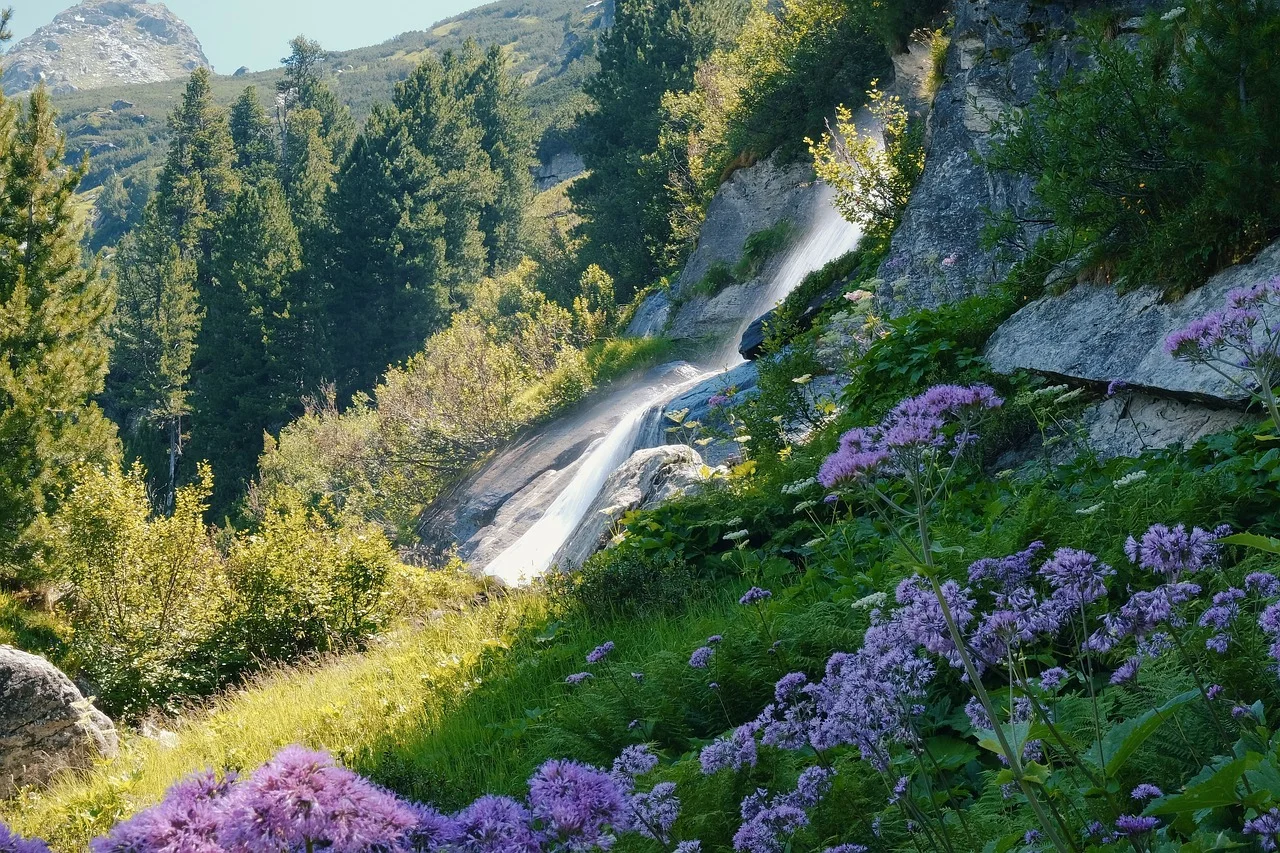
The Nubri and Chum valleys, flanked by the Tibetan Plateau, are renowned for their unique biodiversity and cultural significance. The surrounding snow-capped peaks enhance their scenic charm.
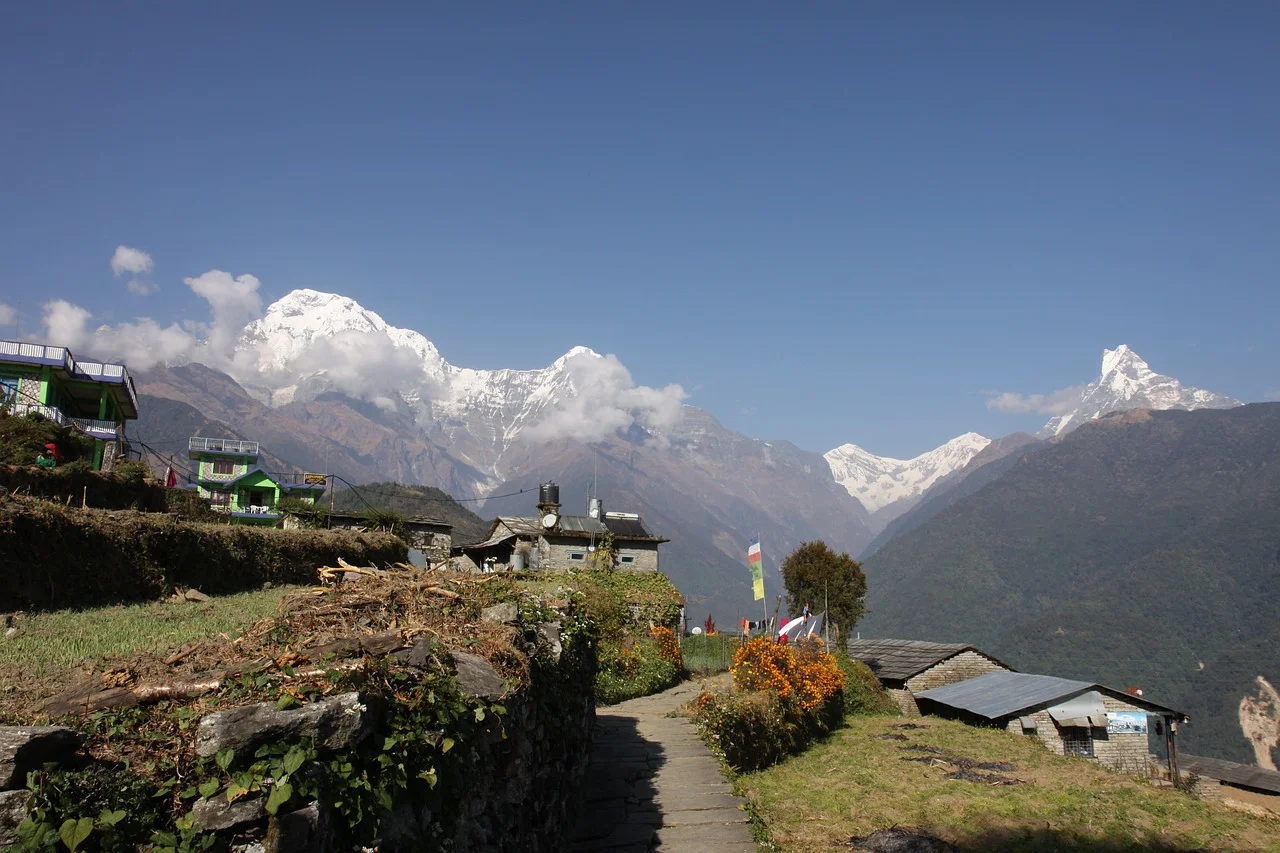
Religious Significance: The district holds sacred sites for both Hindu and Buddhist followers. Historical and religious monuments include stupas, monasteries, and Chhortens. Ethnic Diversity: The region’s population is a blend of various ethnic and social groups, contributing to its vibrant cultural mosaic.
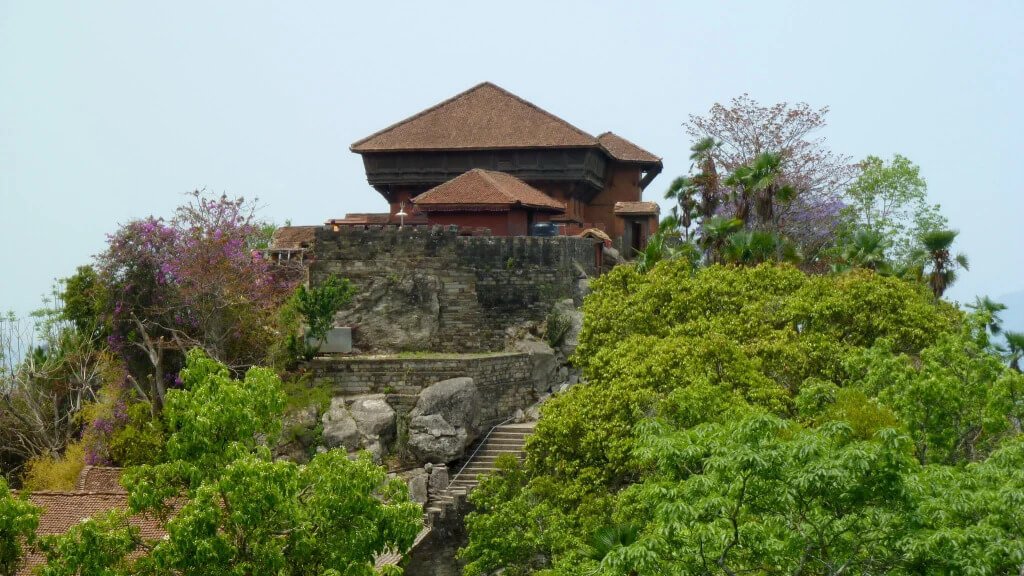
Gorkha is historically significant as the birthplace of the Gorkha Kingdom, from which the modern state of Nepal emerged. The district’s cultural heritage includes
The Manaslu region is particularly noteworthy for its Tibetan cultural influences and numerous monasteries.
Gorkha is home to 79 monasteries, 141 main temples, 237 stupas, and 304 kanis, reflecting its rich spiritual and cultural heritage.
As of the 2011 Nepal census, Gorkha had a population of 271,061, with a diverse ethnic and linguistic composition. The district is predominantly Hindu (75.1%) but also has significant Buddhist (19.1%) and Christian (3.3%) communities. The literacy rate stands at 66.34%, with notable educational institutions like Drabya Saha Multiple Campus and Gorkha Campus. Gorkha District is a region of immense natural beauty, cultural richness, and historical significance. Its diverse landscapes, cultural heritage, and significant historical sites make it a captivating destination for travelers and a vital area for understanding Nepal’s historical and cultural evolution.
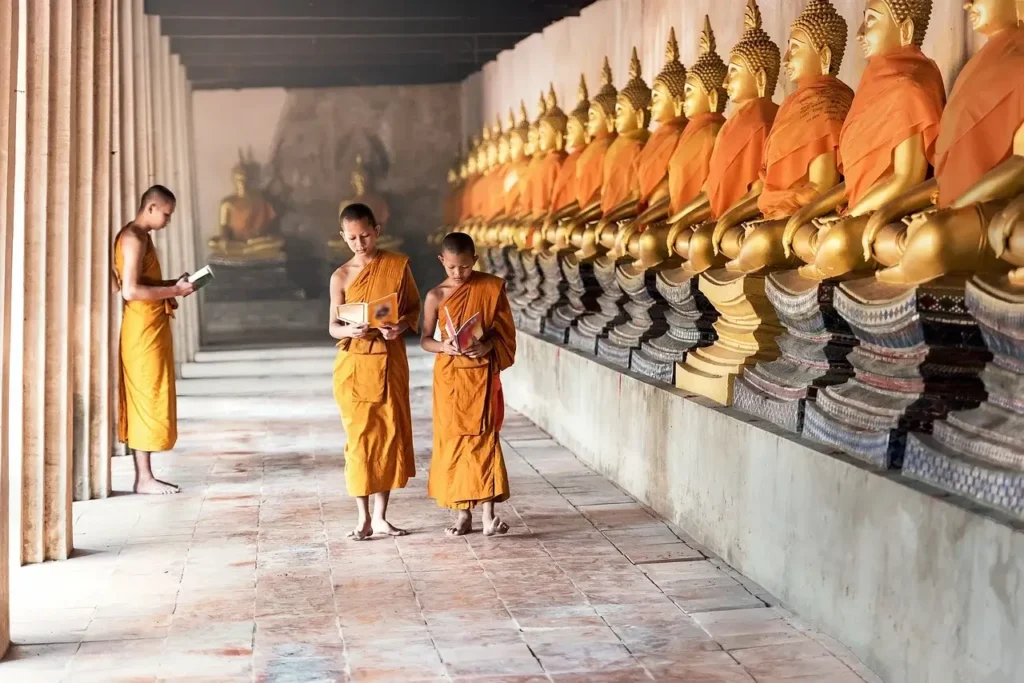
Despite these facilities, access to healthcare can be challenging, especially in remote areas. Educational institutions in the district include several campuses offering higher education, contributing to the region's overall literacy and educational development.
Contrary to popular belief, Lorem Ipsum is not simply random text over 2000 years old.

“Lorem ipsulm dogflor Curabitur aliquet qugbfam isfbd siteli amet, ogflor.”

Contrary to popular belief, Lorem Ipsum is not simply random text over 2000 years old.

Curabitur aliquet quam id dui posuere blandit. Vivamus magna justo, lacinia eget consectetur sed, convgallis at tellus. Vestibulum ac diam sit.
नेपालमा कुनै दुःखद घटना घट्ने वित्तिकै “सतिले सरापेको देस” भन्ने चलन
मलाई राजनितिको कुरात आउंदैन । यस विषयमा अनभिज्ञनै छु । तर,
https://gorkhavisit.com/%e0%a4%96%e0%a4%be%e0%a4%a8%e0%a5%87%e0%a4%aa%e0%a4%be%e0%a4%a8%e0%a5%80%e0%a4%95%e0%a5%8b-%e0%a4%ae%e0%a4%b9%e0%a4%a4%e0%a5%8d%e0%a4%b5%e0%a4%83/
Story in water